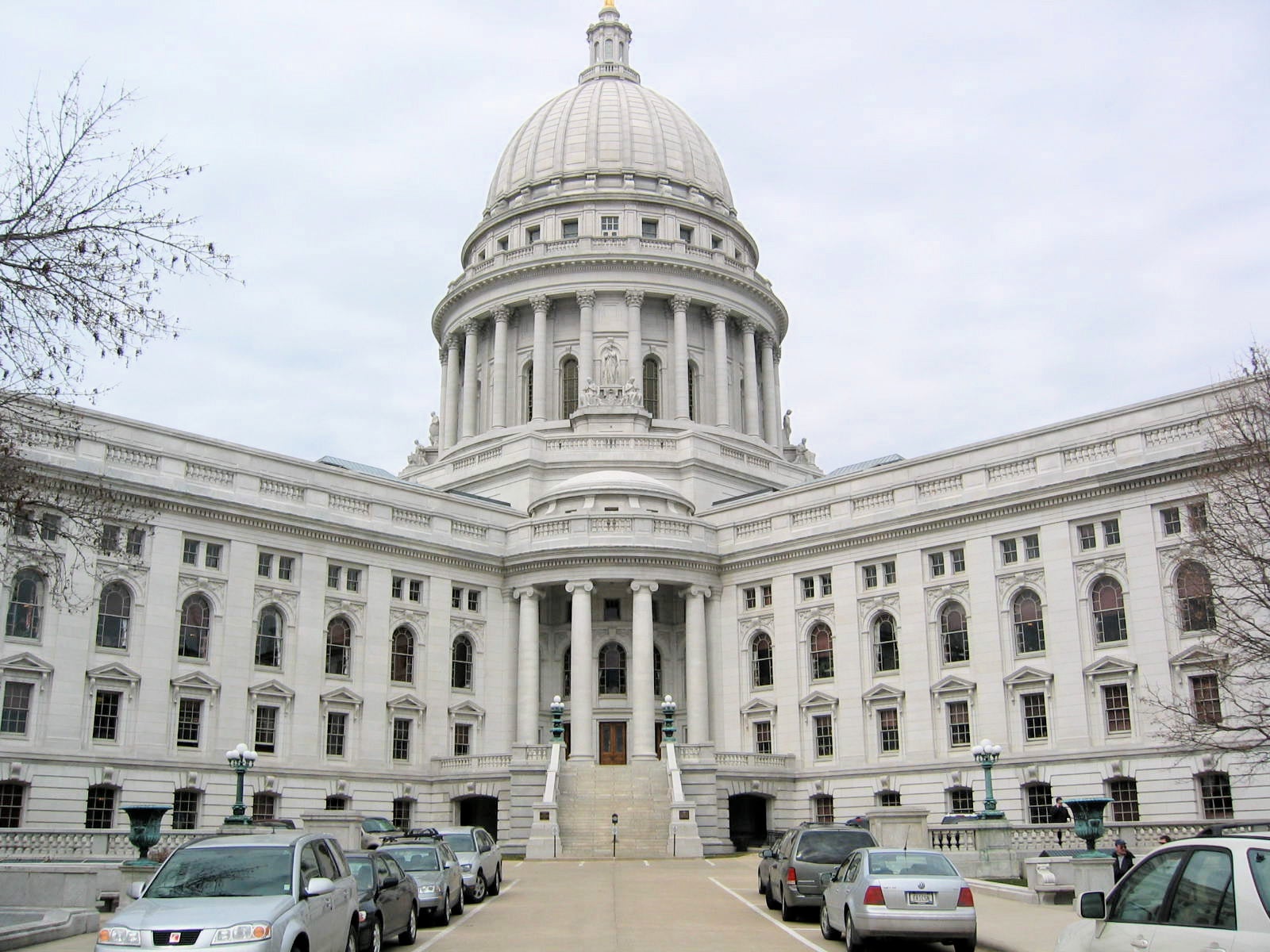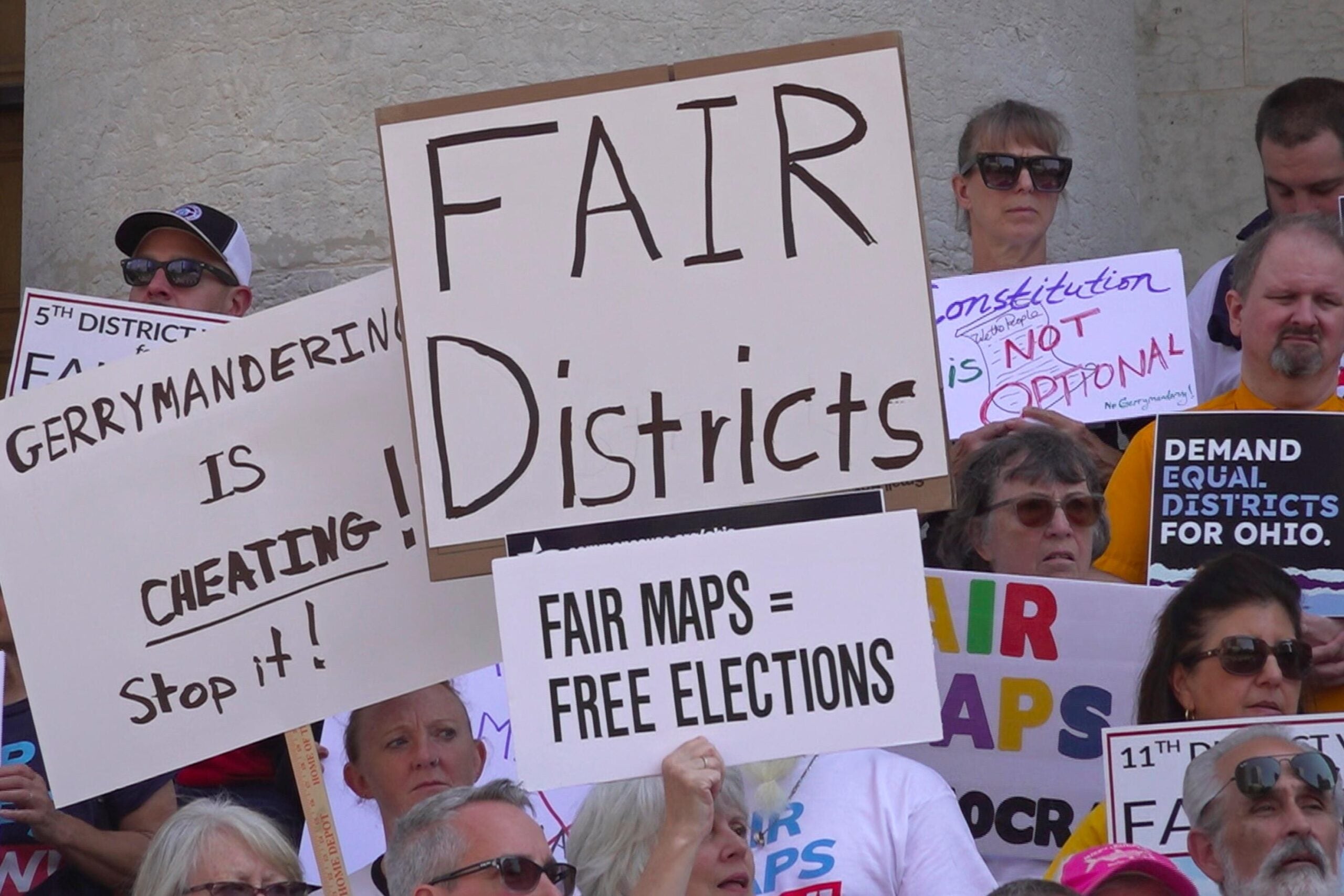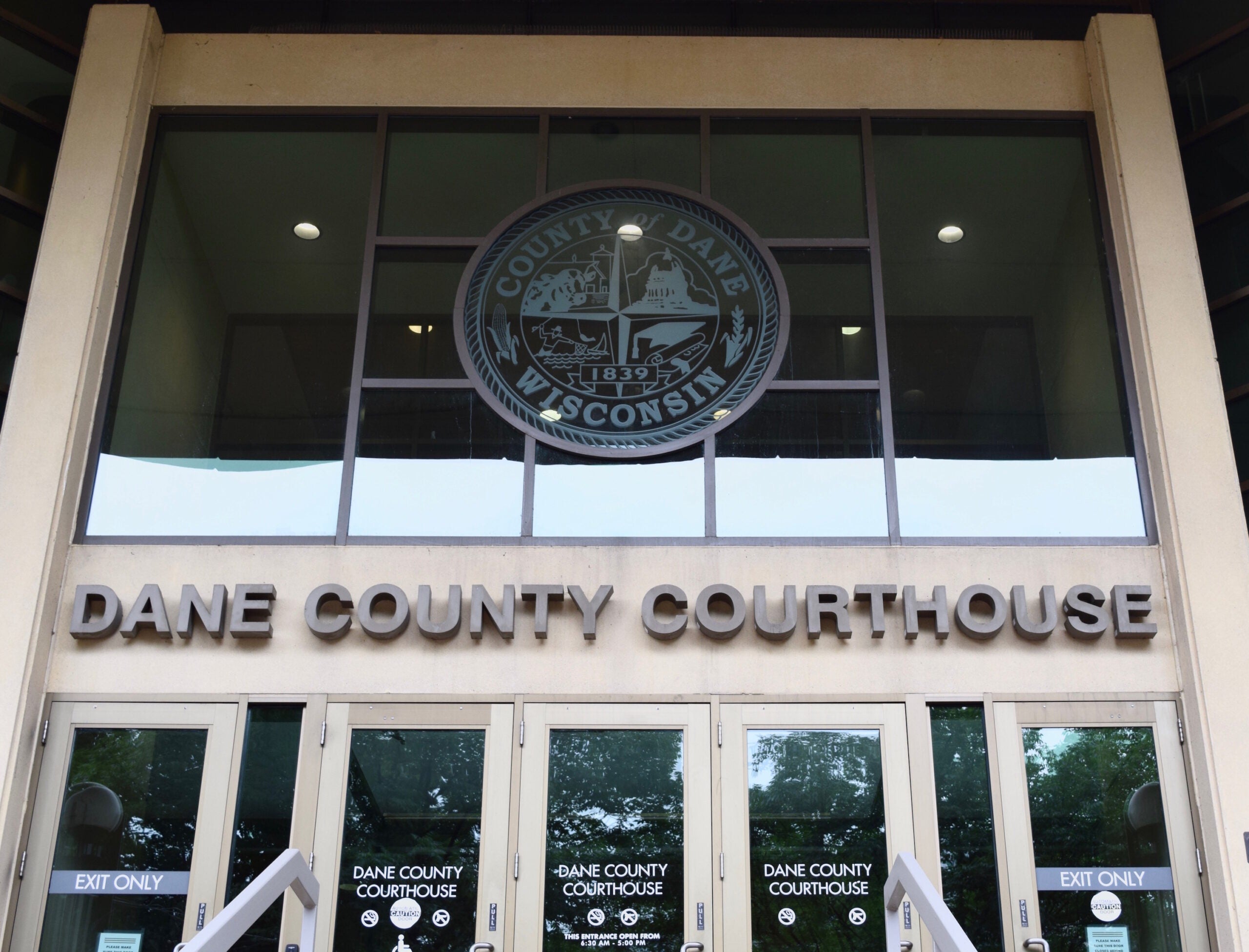Attorneys for a group of Democratic voters trying to overturn Wisconsin’s Republican-drawn legislative map told federal judges on Friday that if this case doesn’t fit the description of an unconstitutional gerrymander, then nothing will.
“It’s not right to target people and harm them because of their voting history,” said Gerry Hebert, one of the lawyers representing the Democratic plaintiffs.
He said Republicans who drew Wisconsin’s 2011 legislative districts had access to more sophisticated mapmaking tools than ever before.
News with a little more humanity
WPR’s “Wisconsin Today” newsletter keeps you connected to the state you love without feeling overwhelmed. No paywall. No agenda. No corporate filter.
“And what do they use it for? Eliminating political competition,” Hebert said.
Wisconsin Department of Justice Assistant Attorney General Brian Keenan told the court there was nothing unusual about Wisconsin’s map.
“It’s not gerrymandering,” Keenan told the court. “This is just districting that has a partisan advantage for one side. And that’s not unconstitutional.”
While Wisconsin’s legislative map was largely upheld by another federal court in 2012, this lawsuit is different and could have national implications. The U.S. Supreme Court has historically avoided getting involved in partisan gerrtmandering claims, though in a 2004, Justice Anthony Kennedy said he was open to the idea if someone could develop a reliable measure. The Democratic plaintiffs in this case say they’ve done just that.
They’ve based their challenge on a new metric called the “efficiency gap,” which compares the total number of votes a party receives in legislative races statewide to the total number of seats they actually win in the legislature. The bigger the efficiency gap, the bigger the gerrymander, and evidence presented at trial this week showed Wisconsin had one of the largest Republican gerrymanders ever out of hundreds of maps drawn nationwide dating back to 1972.
Plaintiffs also contend they have a unique set of circumstances in Wisconsin, including evidence that they say shows Republicans intended to harm Democrats when they drew this map in 2011. That includes a record of Republicans going to great lengths to exclude Democrats from the redistricting process before ultimately choosing a map that would make it extremely difficult for Democrats to win elections.
The fact that judges even accepted this case is noteworthy, as is the makeup of this three-judge court. It includes Judge Kenneth Ripple of the 7th Circuit Court of Appeals as well as District Court Judges Barbara Crabb and William Griesbach. Ripple was nominated by President Ronald Reagan, Crabb was nominated by President Jimmy Carter, and Griesbach was nominated by President George W. Bush, meaning two of the court’s three members were picked by Republican presidents.
The Democratic plaintiffs in this case are effectively asking the court to try something new, with attorney Nick Stephanopoulos saying during closing arguments that gerrymandering had damaged American democracy. He said this case “lies at the very heart of why we have an independent judiciary.”
“Democracy really is ailing because of this unprecedented partisan gerrymandering,” said Stephanopoulos. “The only way this problem is going to be solved is through judicial intervention.”
Assistant Attorney General Keenan countered that redistricting was the constitutional duty of the legislature, and now was not the time for the court to get involved.
“Republicans won the 2010 elections,” Keenan said. “The constitution gives them the right to district.”
Also Friday, the court heard testimony from two witnesses for the state who argued that Wisconsin’s lopsided Republican majority in the Assembly was more a function of political geography than gerrymandering.
Sean Trende, an elections analyst for the website Real Clear Politics, told judges that over the past 20 years, Wisconsin’s Democratic voters had become more “clustered” in Dane and Milwaukee counties while smaller counties that used to “swing” to either party had grown more Republican. He said that had led to the phenomenon where even though Democrats and Republicans receive similar statewide vote totals, Republicans capture more seats in the legislature.
“If you have these heavily Democratic wards packed together in Democratic cities, you get this natural packing,” Trende said. “It becomes progressively harder to draw Democratic districts elsewhere in the state.”
Plaintiffs’s attorneys grilled Trende for discounting the intense “clusters” of Republican voters in Waukesha, Ozaukee and Washington counties. They had earlier tried to prevent Trende from testifying, saying he’s not sufficiently qualified to weigh in on legislative redistricting or statistics given his lack of peer-reviewed academic research on either topic.
Also testifying Friday was Professor Nicholas Goedert of LaFayette College in Pennsylvania, who told the court that not all partisan gerrymanders actually work as intended, meaning they sometimes “backfire” and the party who drew the map ends up losing anyway.
The court gave attorneys for both sides the next few weeks to file post-trial briefs and responsees. Judges didn’t offer a timeline for when they might make a decision in this case.
Wisconsin Public Radio, © Copyright 2026, Board of Regents of the University of Wisconsin System and Wisconsin Educational Communications Board.



